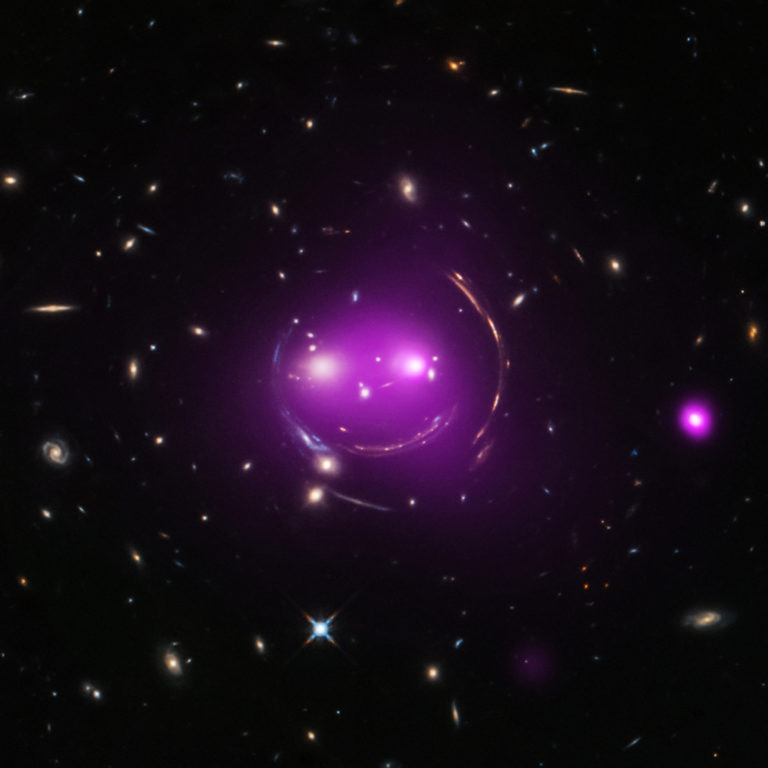爱因斯坦的引力透镜十字架
2021年10月17日 The Einstein Cross Gravitational Lens Image Credit & License: J. Rhoads (Arizona State U.) et al., WIYN, AURA, NOIRLab, NSF Explanation: Most galaxies have a single nucleus — does this galaxy have four? The strange answer leads astronomers to conclude that the nucleus of the surrounding galaxy is not even visible in this image. The central cloverleaf is rather light emitted from a background quasar. The gravitational field of the visible foreground galaxy breaks light from this distant quasar into four distinct images. The quasar must be properly aligned behind the center of a massive galaxy for a mirage like this to be evident. The general effect is known as gravitational lensing, and this specific case is known as the Einstein Cross. Stranger still,…






